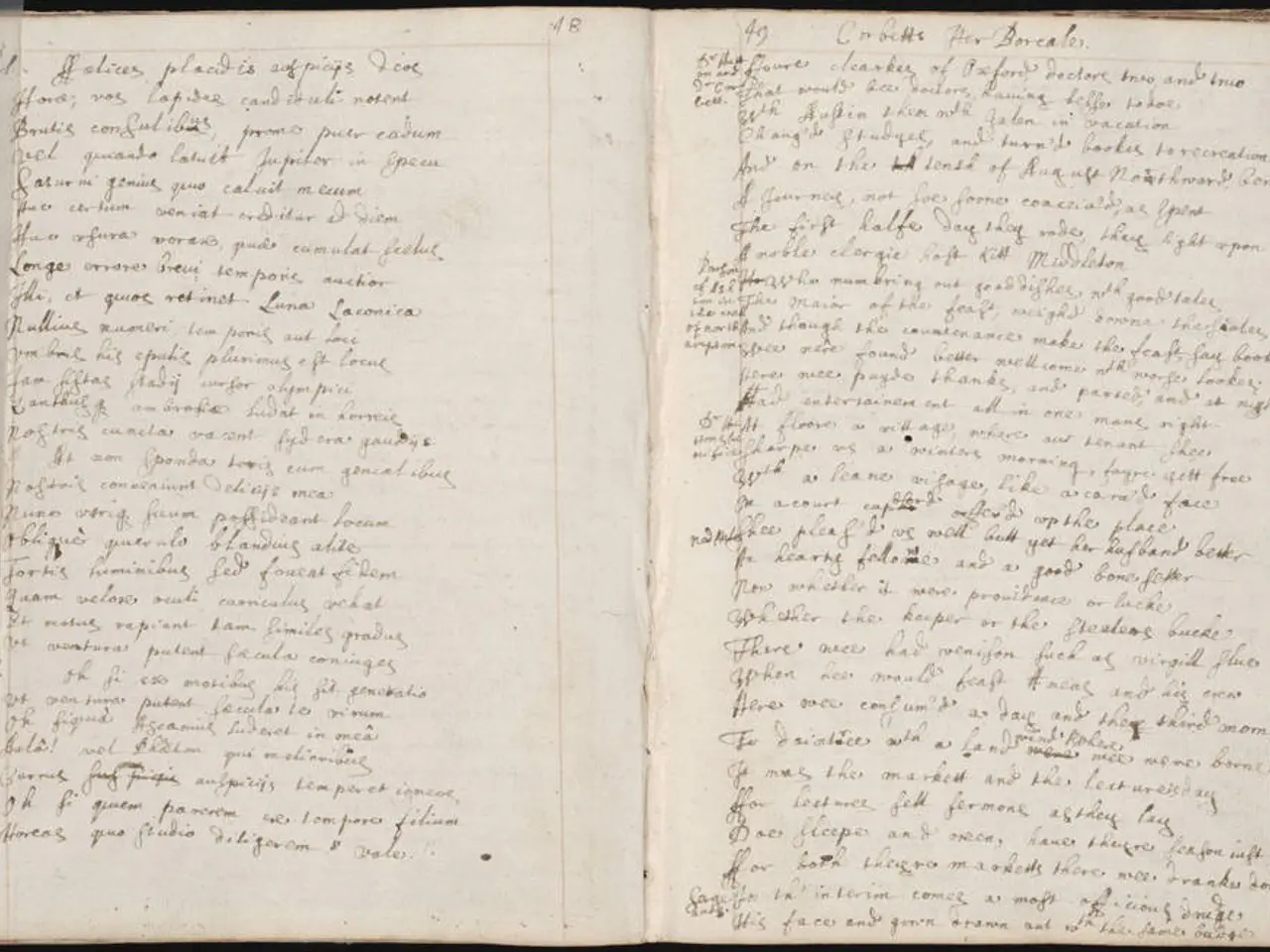World Prepares to Unveil First Rain Museum in Meghalaya, Honoring Its Cultural Ties With the Monsoon Season
In the heart of Meghalaya, a region known as the wettest place on Earth, the Rain Museum is set to become a global hub for weather and environment education. The project, currently in its construction phase, aims to be a unique blend of immersive experiences, scientific research, and Khasi cultural exhibits, celebrating the region's extraordinary monsoon climate and its impact on local life.
The tenders for the construction project have already been floated, with building set to begin after the current monsoon season ends in 2025[1][2]. The museum will feature immersive rain simulation zones, interactive exhibits on Khasi culture, and a state-of-the-art weather research center equipped with advanced rain gauges and real-time monitoring tools, planned in collaboration with institutions like the Indian Meteorological Department (IMD) and ISRO[1][3].
With an estimated budget of Rs 35 crore, the Rain Museum aspires to be a globally unique tourist attraction and educational facility, showcasing rainfall science, climate awareness, and local heritage[1][3]. The museum is expected to open in late 2025 or possibly 2026[1][2][3], making it one of the leading experiential museums related to weather and environment worldwide.
For the indigenous tribes of Meghalaya—the Khasis, Jaintias, and Garos—rain is a sacred force. For the Khasis, rain is a divine gift from Lei U Blei, the sky god[4]. For the largely agrarian population in Meghalaya, rain is essential for crop cultivation and food security, with its absence or excess potentially disrupting lives[5]. The Khasi language contains an extensive vocabulary to describe various forms of rain, reflecting their keen observation and respect for rainfall[4].
Traditional rain forecasting methods, such as observing the flight of the wagtail bird, are still practiced in Meghalaya[6]. For the Garos, monsoon rains symbolize fertility and are central to their creation story[7]. The Garo people celebrate Wangala, a post-harvest festival dedicated to Misi Saljong, the Sun God, expressing gratitude for rain-fed abundance[7].
Rivers, springs, and streams fed by rain provide drinking water and irrigation, forming the backbone of rural survival in Meghalaya[5]. However, deforestation and unsustainable land use worsen the effects of heavy rains, causing floods and landslides in the region[8]. The Rain Museum aims to offer an immersive experience that blends science, art, and local culture, encouraging conversations around resilience and conservation in the face of climate change and its effects on rainfall patterns[1][2].
The Meghalaya government’s initiative positions Mawsynram not only as a tourist destination but also as a center for teaching and research focused on monsoon patterns, climate change, and cultural integration with the environment[1][2][3]. By fostering a deeper understanding of the region's unique weather patterns and the role they play in local life, the Rain Museum promises to be an enlightening and engaging experience for visitors.
[1] https://www.thehindu.com/news/national/meghalaya/rain-museum-to-be-built-in-mawsynram-by-2026/article66590337.ece [2] https://timesofindia.indiatimes.com/city/shillong/rain-museum-to-be-built-in-mawsynram/articleshow/92183181.cms [3] https://www.deccanherald.com/national/meghalaya-rain-museum-to-be-built-in-mawsynram-by-2026-946049.html [4] https://www.thehindu.com/news/national/meghalaya/khasis-language-contains-an-extensive-vocabulary-to-describe-various-forms-of-rain/article31545930.ece [5] https://www.thehindu.com/news/national/meghalaya/seasonal-water-scarcity-highlights-urgent-need-for-sustainable-management-of-water-resources-in-meghalaya/article66590337.ece [6] https://www.thehindu.com/news/national/meghalaya/traditional-rain-forecasting-methods-still-practiced-in-meghalaya/article66590337.ece [7] https://www.thehindu.com/news/national/meghalaya/garo-people-celebrate-wangala-post-harvest-festival-dedicated-to-misi-saljong-the-sun-god/article66590337.ece [8] https://www.thehindu.com/news/national/meghalaya/deforestation-and-unsustainable-land-use-worsen-effects-of-heavy-rains-causing-floods-and-landslides-in-meghalaya/article66590337.ece
- The Rain Museum, aiming to be a global hub for weather and environment education, will incorporate finance through an estimated budget of Rs 35 crore.
- In addition to scientific research and immersive experiences, the museum will also offer insights into the lifestyle and traditions of the indigenous tribes, such as the Khasis, Jaintias, and Garos, in correlation with sustainable living.
- As the museum is set to open in late 2025 or possibly 2026, it may attract travellers interested in exploring home-and-garden themes related to rainfall science and climate change, offering a unique business opportunity.
- The Rain Museum, by fostering a deeper understanding of the region's unique monsoon climate and its impact on local life, encourages conversations about resilience and conservation in the context of environmental-science, particularly climate change and its effects on rainfall patterns.




